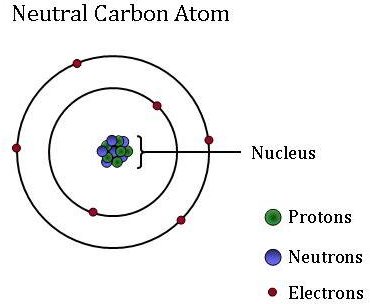The non metals have no metallic luster and do not reflect light.
The element carbon state of matter at room temperature.
During a chemical reaction 2 05 g of carbon reacts with 3 25 g of oxygen to form carbon monoxide gas.
Although thermodynamically prone to oxidation carbon resists oxidation more effectively than elements such as iron and copper which are weaker reducing agents at room temperature.
If you produce 36 grams of water and 44 grams of carbon dioxide from 16 grams of methane how many grams of oxygen were needed for the reaction.
32 80 96 64 none of the above.
The temperature at which the liquid gas phase change occurs.
Carbon is a non metal element.
An example is the halogen element chlorine.
Solid carbon dioxide sublimes everywhere along the line below the triple point e g at the temperature of 78 5 c 194 65 k 109 30 f at atmospheric pressure whereas its melting into liquid co 2 can occur only along the line at pressures and temperatures above the triple point i e 5 2 atm 56 4 c.
How many grams of carbon monoxide are formed in this reaction.
Gases oxygen hydrogen nitrogen and solids carbon phosphorus sulfur and selenium.
At room temperature it is in a solid state.
While temperature is an easily controlled factor manipulating pressure is another way to cause a phase change.
Other liquid elements.
Its first four.
Non metallic elements exist at room temperature in two of the three states of matter.
Living things tend to ingest materials that contain carbon so the percentage of carbon 14 within living things is the same as the.
Relative atomic mass the mass of an atom relative to that of.
Sublimation the transition of a substance directly from the solid to the gas phase without passing through a liquid phase.
When pressure is controlled other pure elements may be found at room temperature.
Carbon is classified as an element in the non metals section which can be located in groups 14 15 and 16 of the periodic table.
Gases such as oxygen and solids such as carbon.
Snow and ice sublime although more slowly at temperatures below.
Carbon is the sixth element with a ground state electron configuration of 1s 2 2s 2 2p 2 of which the four outer electrons are valence electrons.
Depending on its form carbon has different.
The non metals exist in two of the three states of matter at room temperature.
That state of matter of an element may be predicted based on its phase diagram.
Although carbon 14 decays into nitrogen 14 through beta decay the amount of carbon 14 in the environment remains constant because new carbon 14 is always being created in the upper atmosphere by cosmic rays.
Carbon exists in different forms including graphite diamond and graphene.

